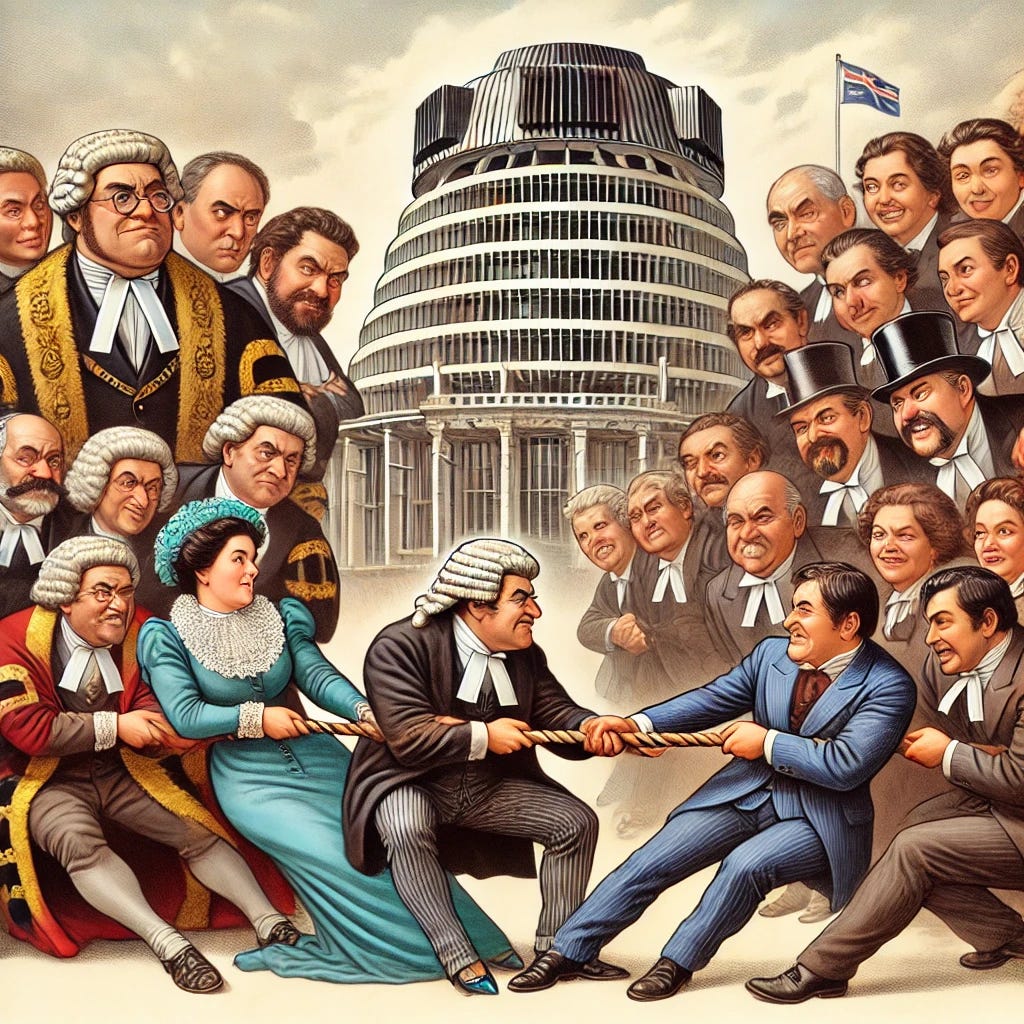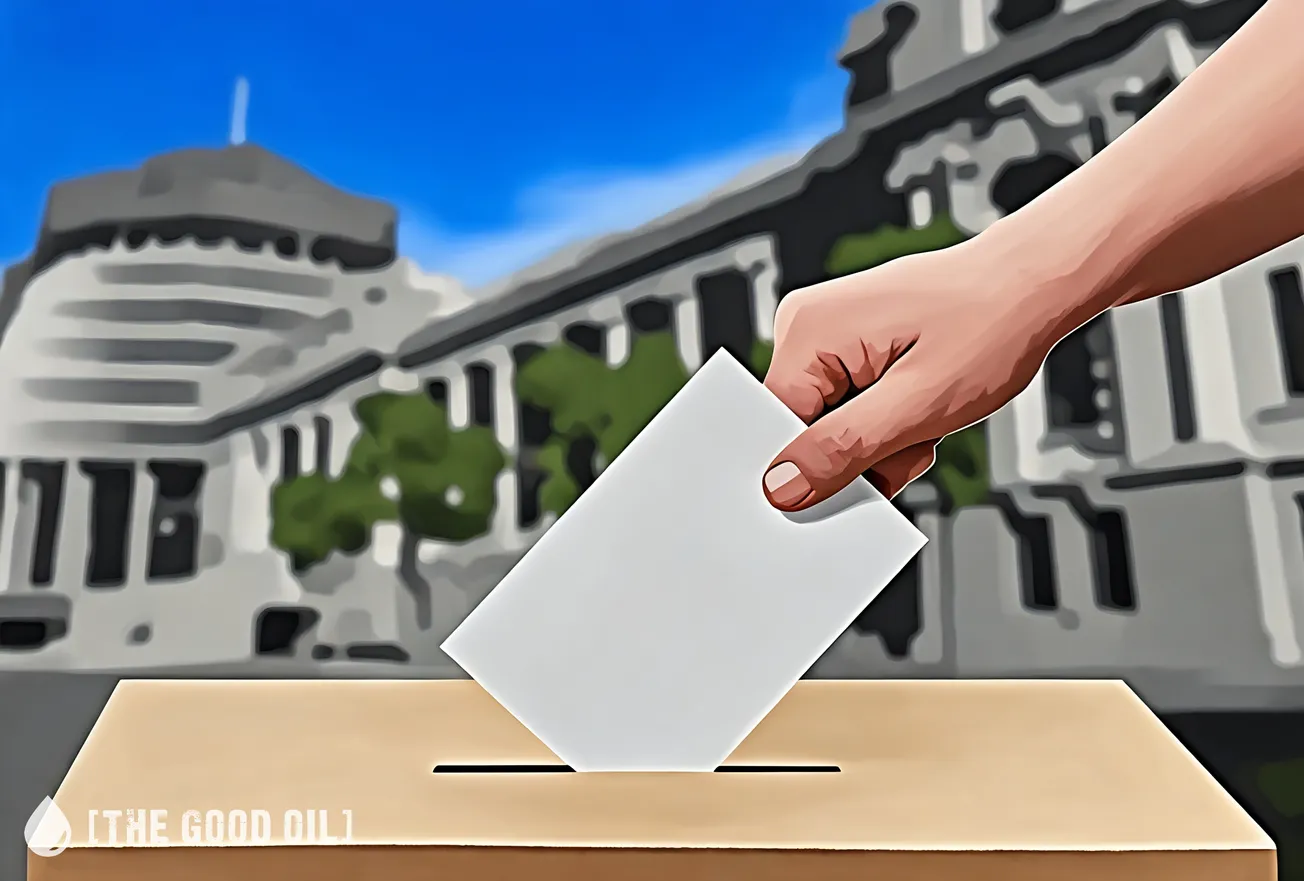Table of Contents
Peter J Morgan
Peter J Morgan BE (Mech.), Dip. Teaching – professional forensic engineer, retired economics, mathematics and physics teacher
Part 12 of 18
There is an eminently viable alternative to the present banking and monetary system, known as a full Sovereign Money system, an early advocate for which was Nobel Prize-winning chemist Frederick Soddy in the early 1930s. To switch to a full Sovereign Money system, New Zealand would take back from banks the power to create all new New Zealand money.
An independent statutory body, which could be called the Money Creation Committee, would be part of either the state-owned central bank or the Treasury. The Money Creation Committee would monitor the growth of the economy and order the central bank to create more new electronic money, debt-free and interest-free, at a rate to just match, in the medium and long term, either – for zero inflation – the rate of economic growth, or – for the desired rate of inflation – the rate of economic growth plus the desired rate of inflation.
There would be only one kind (or tier) of money, and no need for central bank reserves. All new money thus created would be gifted to the government for spending into permanent circulation according to the government’s democratic mandate. The government would determine the blend of extra government spending and/or tax reduction to optimise economic growth and/or minimise unemployment.
In New Zealand’s case, at a rate of economic growth of 3%, and with a desired – and achieved – rate of inflation of zero, this reduction in total annual taxation could be approximately $9.3 billion if the government decided not to increase its spending. All government debt to banks could be repaid simply by having the RBNZ create, ex-nihilo, reserves with which to repay it. New Zealanders would thus have greater disposable annual incomes on average by around $2000 per man, woman and child and each of us could choose to save more money and become investors after accumulating personal capital. Also, businesses would be much more able to expand through their investment of retained earnings. People would be able to make larger gifts to the charities of their choice. Fewer people would need government welfare, and unemployment would be lower.
With such “Peoples Capitalism”, more than likely we could dramatically improve our people’s well-being, leading to better, more meaningful, more fulfilling, less financially stressful, and more productive lives. There would be no booms and no busts, just steady economic growth, as we grow ever cleverer in our development of innovative technology to produce more and better goods and services while at the same time making less and less impact on our environment. Only well-off societies can afford to protect the environment.
Maybe we could even once again become wealthy enough for an ordinary couple to need only one income to live well, buy a house, maintain it, and bring up their children, just as it was quite normal for ordinary New Zealanders to do in the 1950s and 1960s.
All of the incredible advances in technology and mechanised and robotically controlled production of cars and other consumer goods ought to have made us ordinary people all much wealthier than we are, and no doubt they would have had we enjoyed a Sovereign Money banking and financial system!
More than likely, the whole length of State Highway 1 from Kaitaia to Invercargill would have been upgraded to expressway – preferably motorway – standard, with at least two lanes each way, as well. Here is a response to those who might say that with a Sovereign Money banking and monetary system there would not be sufficient savings for banks and other competing financial institutions to lend out.
At last, real estate prices could not be bid up beyond the reach of ordinary people, because only people’s savings could be lent or on-lent to buy real estate, whereas the present debt-based funny money system penalises the weaker people and the young, as we are seeing now, putting home ownership beyond the reach of a higher and higher proportion of the population, with ever-growing inequality and societal problems inevitably following.
One does not need to be an economist – mere common sense and a modicum of intelligence ought to suffice – to be able to grasp that the solution to the dilemma posed by beneficiaries’ exceedingly high effective marginal income tax rates, is a switch to a Sovereign Money banking and monetary system, together with a radical change in the tax system. Income tax, both personal and business, as well as GST and all local government rates charges, could all be completely eliminated and replaced by the introduction of a financial transactions tax (FTT), with local governments being funded by central government on a pro-rata basis.
An FTT would have the added benefit that it would catch foreign companies that, through contrived transfer pricing and phoney ‘service charges’ and ‘licence fees’ in the form of tax-deductible payments to their parent companies, avoid paying the proper amount of company income tax in New Zealand.
The fact that interest-bearing electronic bank IOUs (promises to pay) make up approximately 98% – and climbing – of the volume of money in circulation, whilst notes and coins make up only 2% – and declining – means that interest-bearing bank IOUs total almost fifty times the quantity of real, i.e., Sovereign, money in circulation. Some people would say that this ought to constitute fraud on the part of the banks. So why doesn’t it? To answer that question, in Part B we will consider some history and think about the social conditions prevailing in the kingdom of England and Wales at the very beginning of the 18th century.








